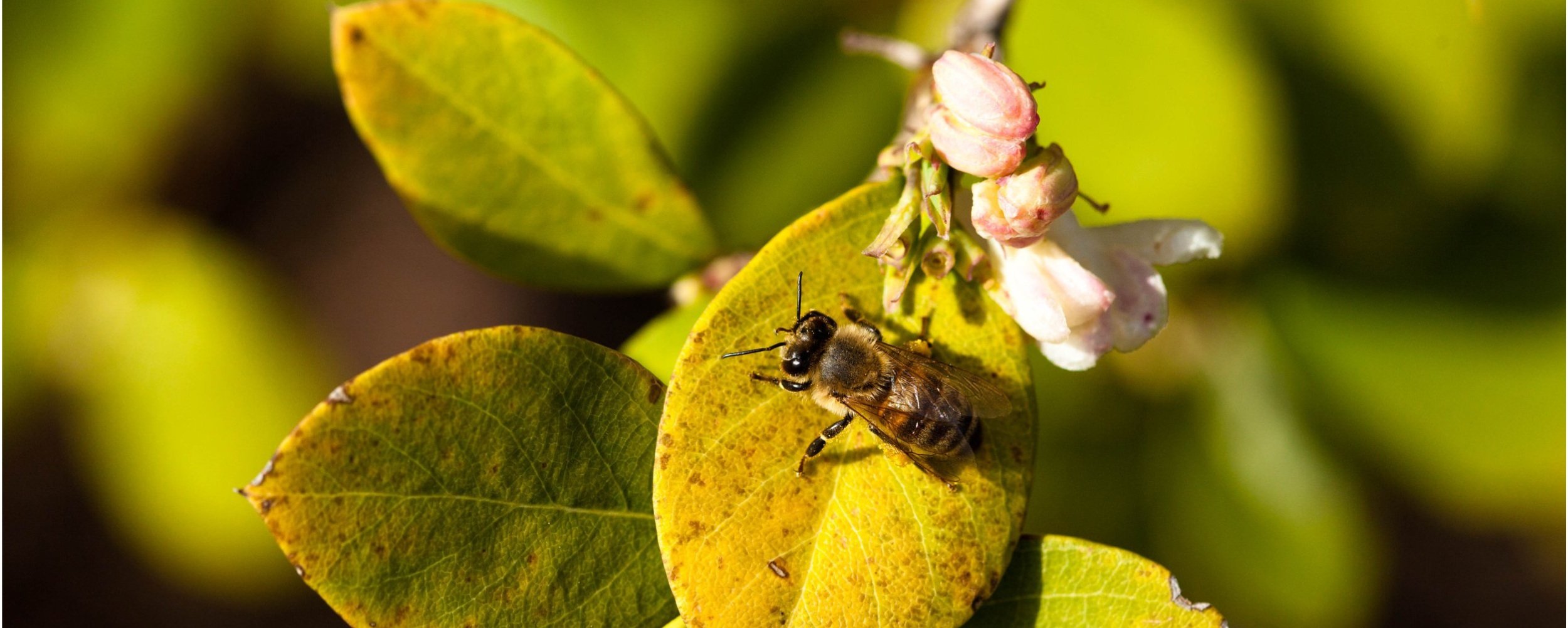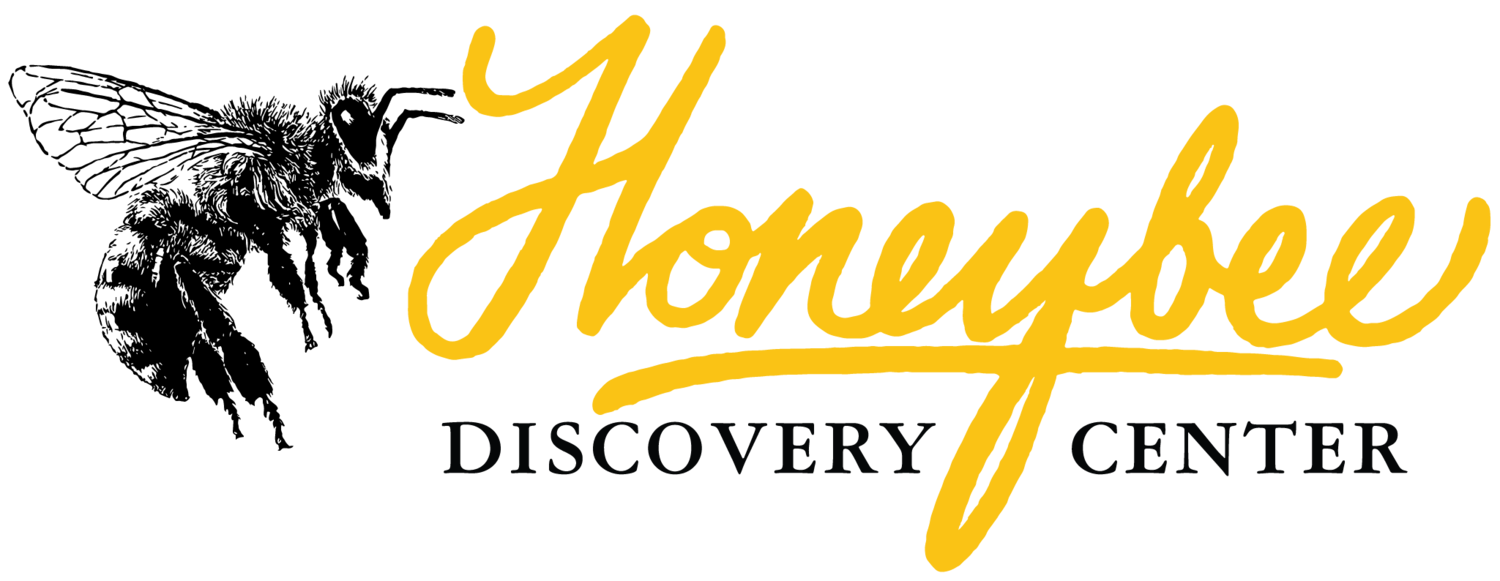
Honeybee Discovery Center is working to pollinate minds through curriculum, lesson plans, and learning opportunities.
The Center provides immersive sensory experiences for visitors, including:
The ability to see bee anatomy up close
Discover how honey is produced
Taste honey from different nectar sources
And watch the honeybees work!
The Center also has a library with materials suitable for anyone from professional beekeepers to youth and everyone in between!
HDC’s bee curriculum provides field trips and guided tours that expand students’ understandings of the role of pollinators in the ecosystem, hands-on activities facilitated by accredited teachers with beekeeping experience, and learning materials and guides for teachers for additional learning outside of a field trip. For each seasonal exhibit, there are related artifacts, videos, and displays. The Center also supplies appropriate supplemental handouts. For classes unable to visit the Center, a suitcase exhibition and learning units are currently being developed.
HDC now offers lesson plans to reach classrooms beyond California, along with a digital archive of previous exhibits, resources on bees and beekeeping, and self-guided curricula.
It’s All About Pollinating Minds…
Lesson Plans Now Available!
Honeybee Discovery Center’s lessons are now available for download on Teachers Pay Teachers!
Educational Materials
Additional Learning Links
Videos
“What Are Pollinators” by Purdue Extension
“Busy Bees! | Bumblebees and Honeybees | Amazing Animals” by SciShow Kids
"How Do Bees Make Honey?" by Thinking Captain
Articles
California Native Plant Society - “Kids Corner: Pollinator Party”
Pollinator-related vocabulary and a fun bingo game to go with it
ClimateKids.org - “Pollinators”
A series of hands-on science, art activities, and educational videos
Pollinator.org - “Keep Going, Keep Growing: Pollinator Themed Activities for Kids!”
A list of activities for kids focusing on learning about pollinators. These are perfect for at home or in the classroom!
Fun Facts
Lifespan
In the spring or summer
a worker bee lives about
4 to 6 weeks.
Eyes
Bees have five eyes, two of which are compound with thousands of facets.
Wing Speed
A bee’s wings flap up
to 200 times a second.
Thank a Bee
1/3 of all the food we eat is directly or indirectly derived from honeybee pollination.
Eggs
A queen bee lays between 2 to 3 thousand eggs a day.
Honeycomb
The six-sided, hexagonal cells in a beehive are created by wax secreted from a bee's body.
1/12th Teaspoon
A worker bee produces just 1/12 teaspoon of honey in its lifetime.
Bee Colony
A hive or nest has 30,000 to 60,000 honeybees.
Royal Jelly
A milky, yellow syrup that is very high in protein, that young worker bees secrete from glands inside their heads and feed to larvae.
Drone Bees
Drones are always males and do not have stingers.
Colony Scent
All the worker bees of a colony produce a scent that is characteristic of their colony and is recognized by all the members.
Buzzing
This distinctive sound comes from the honeybees nearing 11,400 wing strokes per minute.
Honey Super
Surplus honey stored in the comb can be harvested later.
A Measure of Bees
1 cup holds about 800 bees.
Flying Speed
The maximum speed of a flying bee is 25 miles per hour.
Frame
Wood or plastic rectangular frames are used to hold beeswax combs.
Long Distance
Bees will fly up to six miles from the hive to find food.
Sting
Unlike other bees the queen bee may sting multiple times without dying.
Wings & Legs
Bees have four wings and six legs attached to their thorax.
Pound of Honey
It takes approximately 768 bees, flying 55,000 miles and visiting 2 million flowers to produce 1 pound of honey.
Flavor & Color
Honey flavors and colors differ based on the nectar sources bees visit.
Eat Up
Honeybees are the only insects that produce food humans eat.
Bee Species
There are more than 20,000 bee species around the world.








